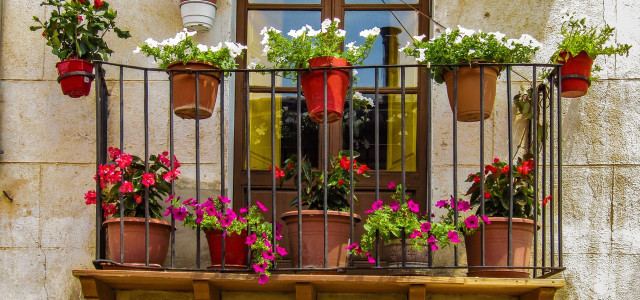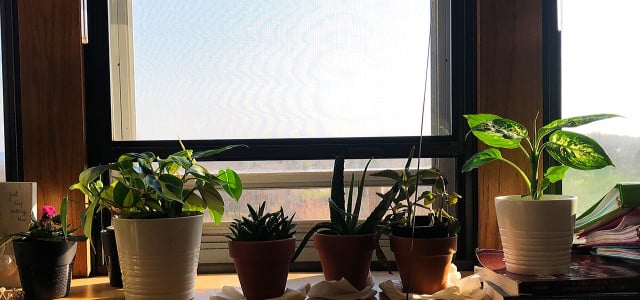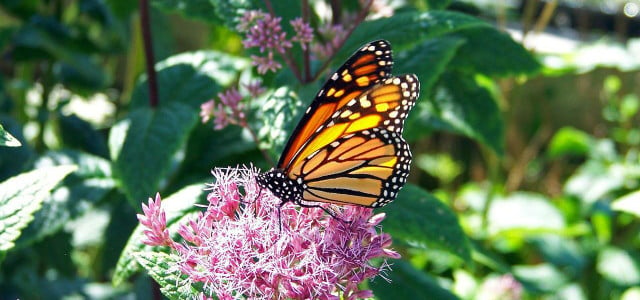Wondering which plants will thrive on your balcony this summer? Find up how to green up your balcony sustainably — whether east, south, north or west — with these sun- and shade-loving plants.
Choosing the right plants for your balcony is great way to create an inviting atmosphere for both yourself and hungry pollinators. Urban gardening is especially important for city environments where green spaces are scarce and insects may not have a place for refuge. The ten plants below provide a balance of beauty and functionality with an emphasis on native gardening for wildlife for any level of sunshine.
When growing balcony plants, sunlight is key.
- South-facing balconies usually receive full sun and often benefit vegetables, herbs, and tropical plants.
- North-facing balconies meanwhile receive almost no direct sunlight, but can be an oasis for shade-loving plants such as ferns or several plants that can thrive in dark rooms as well.
- East -and west-facing balconies receive different levels of sun and shade throughout and can cater to most plants.
The 10 Best Plants for Your Balcony
In this guide, you’ll learn more about:
- Creeping Phlox
- Ferns
- Zinnias
- Vegetables
- Heuchera (Coral Bells)
- Butterfly Weed
- Succulents
- Wintergreen
- Sweet Potato Vine
- Herbs
1. Creeping Phlox: A Flowering Fountain on Your Balcony
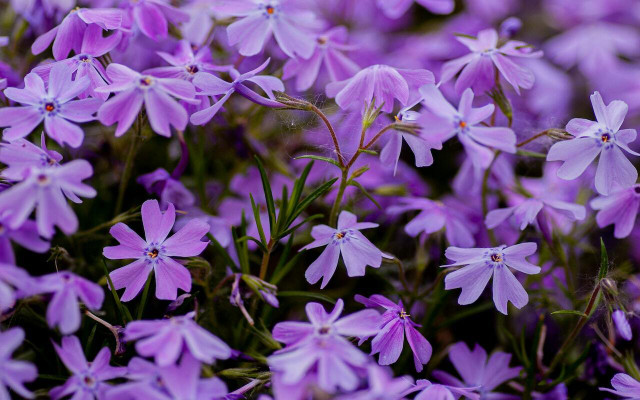
The spreading bloom of creeping phlox makes it among the best plants for ground cover, but also a wonderful addition to balconies. The creeping stems can be left alone to spill from containers or be trimmed to stimulate a bushier, tidier growth.
While the dense flower growth is temporary, it provides a brief paradise for native pollinators and retreats into an attractive green carpet of leaves. Native to Eastern and Central USA, grow creeping phlox on a north or west facing-balcony for optimum sunlight and growing conditions.
2. Ferns: The Go-To for Shady Balconies
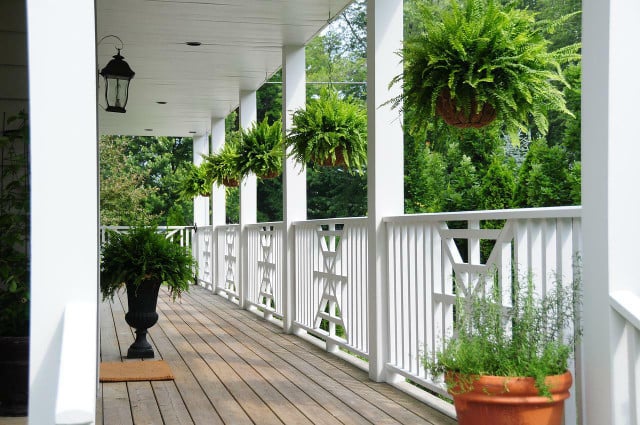


Ferns are an ideal plant for your balcony as they will tolerate the full or partial shade of any north, east, or west-facing spot. Their large and bushy fronds can fill up pots and make ideal plants for hanging pots.
Choose native varieties such as the Christmas or Ostrich ferns (native to the temperate eastern North America) or Lady fern, which grows all over the USA. All of these ferns will thrive in pots provided they have ample humidity and shade.
3. Zinnias: Pollinator Magnets
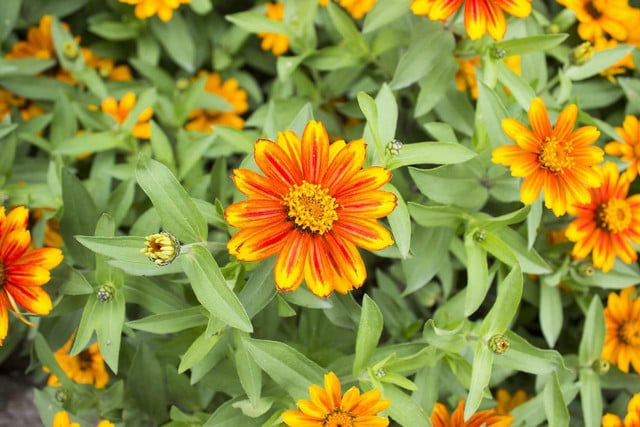


A staple for pollinator gardens, zinnias are an attractive favorite for hungry bees and butterflies. Since typical garden zinnias tend to be lanky and prone to toppling over, opt for shorter and bushier varieties such as Zahara or Profusion.
Since these plants are native to the Southwestern USA, plant on east, south, and west-facing balconies in full or partial sun to get the most out of the colorful blooms.
4. Vegetables: Peppers and Tomatoes
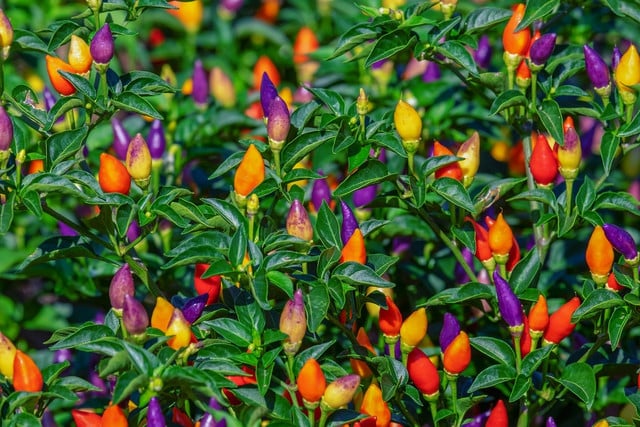


The beauty of vegetable plants for your balcony is that you get to reap the rewards of your harvest. Among the easiest vegetables to grow on balconies are tomatoes and peppers. Not only do the flowers support pollinators, but the fruits also create an attractive pop of color before being ready for your kitchen.
Though smaller varieties such as cherry tomatoes or chili peppers may be more manageable, all plants need large pots to support root growth and maximize your harvest. Native to the tropical Americas, the more sun the better for these vegetables, so avoid planting on north-facing balconies. Growing tomatoes in pots and growing hot peppers will be possible during summer on your balcony!
5. Heuchera (Coral Bells)
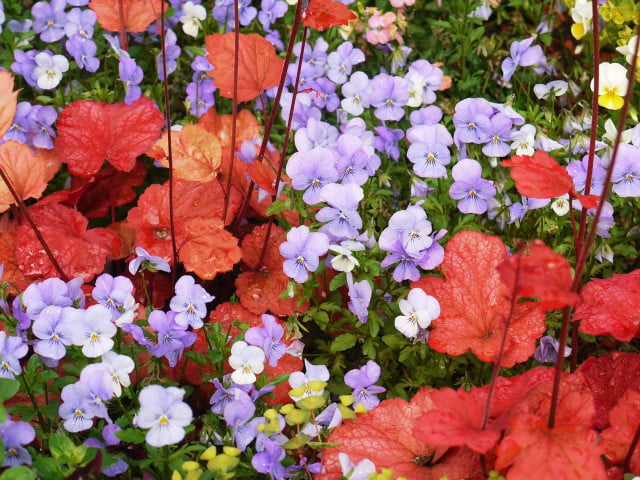


Coral bells are a Continental North American native that is often grown as a container plant or ground cover for its dense, colorful foliage. Said foliage is also cold hardy and may persist through cooler temperatures when other plants have died back, making it a great plant for your balcony if you want long-lasting color. The bell-shaped spring flowers meanwhile provide a welcome food source for butterflies and hummingbirds.
Grow coral bells on north or east-facing balconies for optimal growth.
6. Butterfly Weed
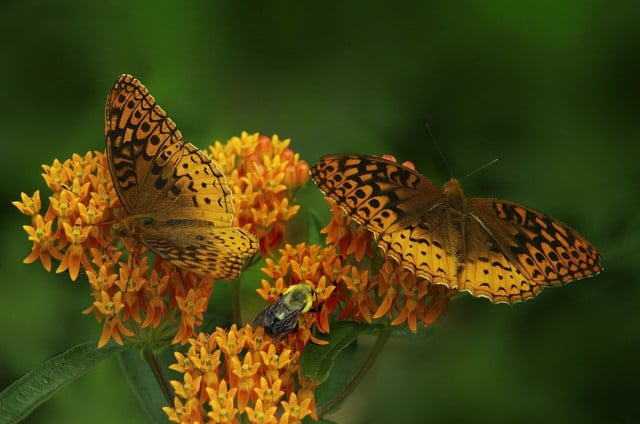


Native to much of the Eastern USA, butterfly weed is packed with nectar to attract pollinators, particularly monarch butterflies. Unlike the related milkweed plant, butterfly weed grows more compact (1-3 feet high), making it a manageable plant for balconies. Because this is a late summer bloomer, it pairs well with spring flowers to ensure your balcony has blooms all season.
Butterfly weed has a taproot, so grow in deeper pots on sunnier north and west-facing balconies.
7. Succulents
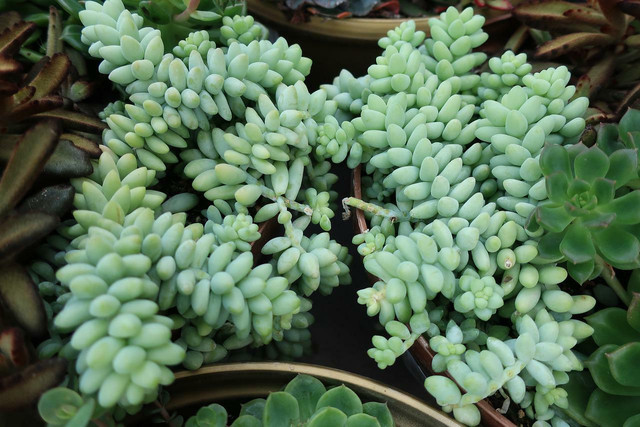


The Southwestern USA has no shortage of succulent species that can thrive as balcony plants in warmer climates and full sun. Native succulent species such as echeverias, agaves, dudleyas, and sedums (stonecrops) come in a variety of shapes, sizes, and colors.
Sedums in particular have bushier varieties with impressive blooms as well as more trailing varieties such as the “burro’s tail.” Since they have shallow root systems and require minimal water, succulents are well suited for low maintenance balcony life. Not only that, but propagating succulents from leaves and cuttings will allow you create a veritable garden on your balcony.
8. Wintergreen: A Festive Shrub for North-Facing Balconies
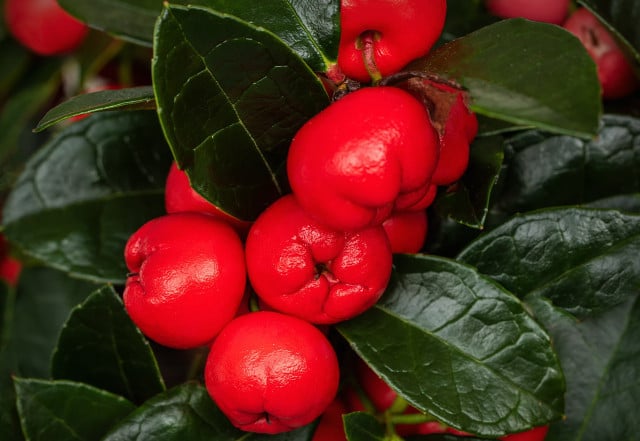


Native to the Northeastern forests, wintergreen offers is an ideal plant for balconies in cooler climates in partial or full shade. The dark green foliage and bright red berries on this small shrub persist through winter, providing a festive splash of color. Both the leaves and berries are edible, minty, and can be used to flavor teas or ice creams.
Find out more: 13 Edible Leaves You Didn’t Know About
9. Sweet Potato Vine
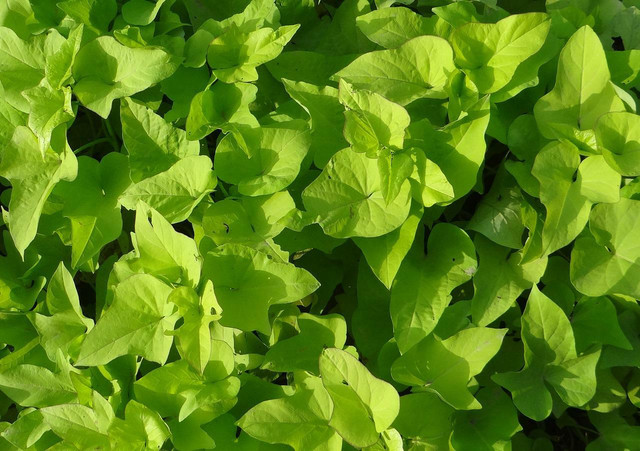


Related to it’s edible cousin, the sweet potato vine is grown for its vibrant foliage rather than its tubers. Its trailing vines spill over the edges of containers and can make for an excellent pop of color when hanging from your balcony.
Though the sweet potato vine is native to Central America, it has little possibility to become invasive since it rarely produces seeds and cannot survive freezing temperatures.
You can grow this plant on your balcony, regardless of which direction you face — just try and keep it above 45 degrees Fahrenheit to avoid cold damage.
10 Herbs: Food For You and the Pollinators
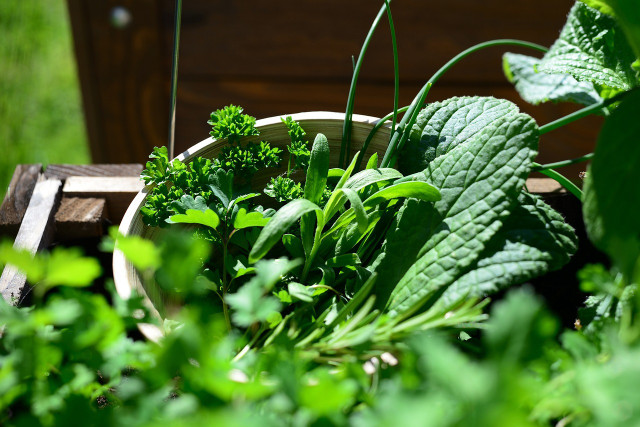


Container herbs are a great way to green up your balcony while also spicing up your cuisine. Though many herbs are not native to North America, they have little opportunity to spread beyond their pots via roots.
Blooming herbs such as sage, lavender, catnip, dill, and thyme make excellent flowers for bees and other pollinators. The vast majority of herbs grow best in the full sun of south-facing balconies, however parsley, cilantro, and mint prefer at least partial shade. For more specifics, read about how to grow a herb garden on your windowsill and learn more about companion planting with herbs.
Read more:
- 10 Easy Vegetables to Grow in Pots
- Best Indoor Hanging Plants to Decorate Your Home
- Can You Eat Wild Onions? Here’s What to Look Out For
Do you like this post?






